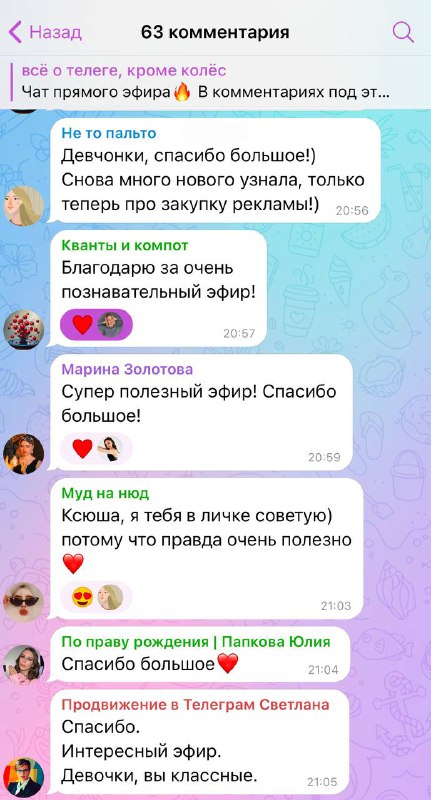group-telegram.com/kseniainmedia/794
Create:
Last Update:
Last Update:
Вы там как вообще? Живые?😁
15 человек, которые держались все 2 часа на эфире про продвижение, вы просто герои🦸♀️
Уверена, что в награду за такое рвение к знаниям в 9 вечера на предновогодней неделе вы получите водопад из подписчиков!
По-другому и быть не может, потому что таких насыщенных эфиров про продвижение телеграм ещё не видел. Я даже не знаю, ЧТО мы ещё не обсудили…
Завтра выложу полную запись
А пока все, кто был онлайн, делитесь, что самое важное и ценное было для вас на эфире?💡

